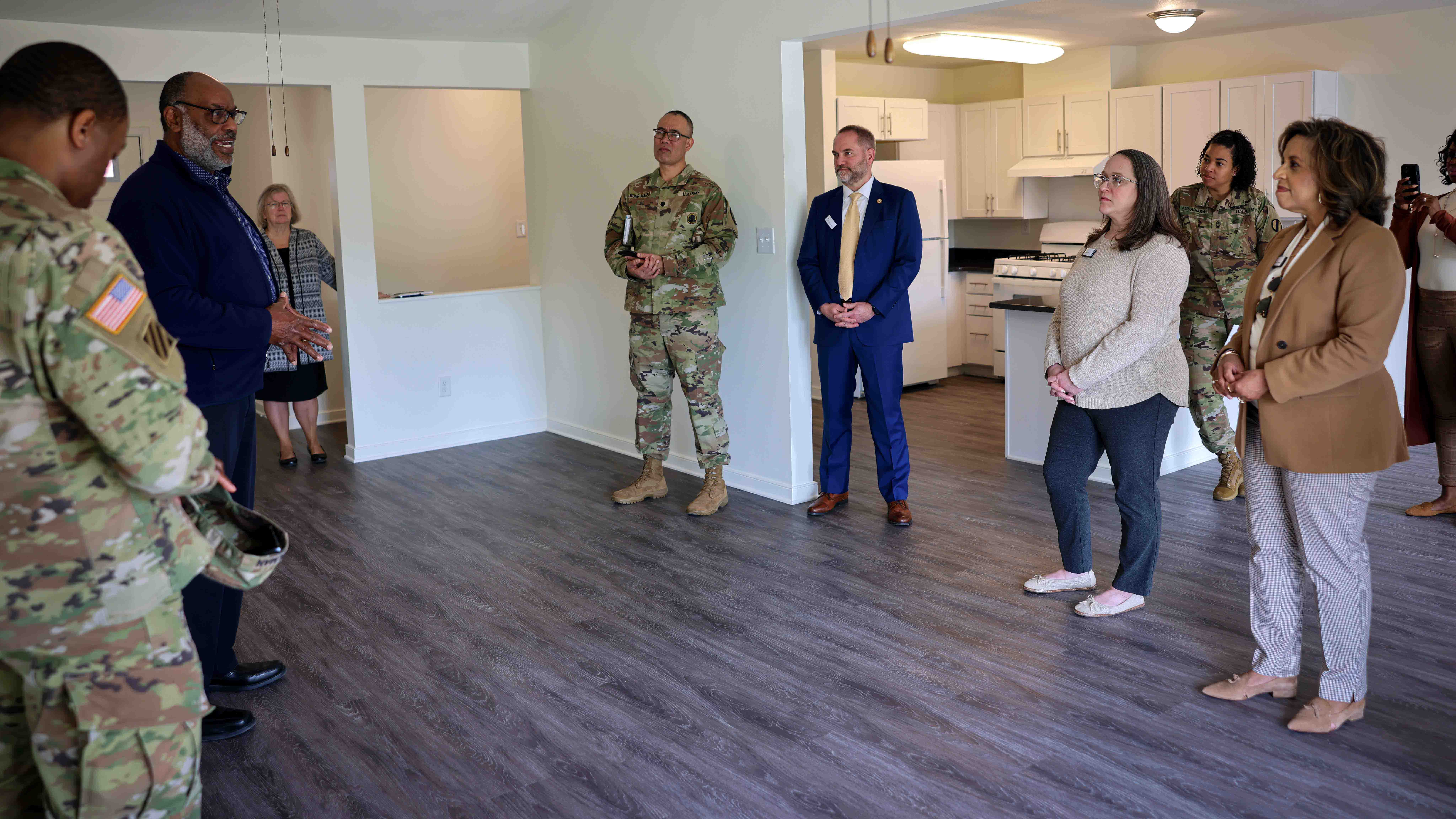Army Tackles Housing, Facilities Upgrades
Army Tackles Housing, Facilities Upgrades

The Army will “continuously refine” its planning and programming to tackle the service’s housing and facilities maintenance and upgrade needs, a senior Army leader told lawmakers.
“The readiness and resilience of our force starts with providing our soldiers and families with high quality places to work and live,” Rachel Jacobson, assistant Army secretary for installations, energy and environment, said during a hearing before the House Armed Services subcommittee on readiness. “From nine new barracks buildings to four child and youth centers, the Army’s fiscal year 2025 budget request will improve our soldiers’ and families’ quality of life.”
The Army’s fiscal 2025 budget request includes $3.9 billion for military construction, which covers 45 projects, and $7 billion to sustain, restore and modernize facilities, according to Jacobson’s written statement to the committee.
In a 2022 report, the Congressional Budget Office studied 49,000 buildings that the Army maintains on 88 installations and found a deferred maintenance backlog that would cost approximately $19 billion to fix and return to the Army’s standards.
In response, Jacobson said, “The Army recognizes that we have a sizable backlog of deferred maintenance needs for hundreds of thousands of buildings.”
“Simply put, any increase in our inventory of poor and failing barracks, for any reason, is unacceptable and must be reversed. And barracks that are in good condition must stay that way,” she said. “That is why the Army is requesting 100% of the funding required for barracks sustainment.”
As it upgrades and develops its facilities, the Army is taking a proactive approach by designing its buildings with environmental and cost considerations in mind.
“To build ready installations of tomorrow, we must consider resiliency today,” she said. “Early consideration of a building’s location can mitigate environmental risks, such as flooding. Constructing with more durable materials will help the building last longer and reduce repairs and maintenance costs. These upfront considerations will make our buildings more resilient and ready to support the Army of the future.”
High quality facilities and installations ensure operational effectiveness, Jacobson said.
“The importance of building high quality facilities and developing resilient installations is more evident now than ever,” she said in her written statement to the subcommittee. “Ensuring we have resilient installations at these locations—and around the globe—helps ensure our operational advantage.”

